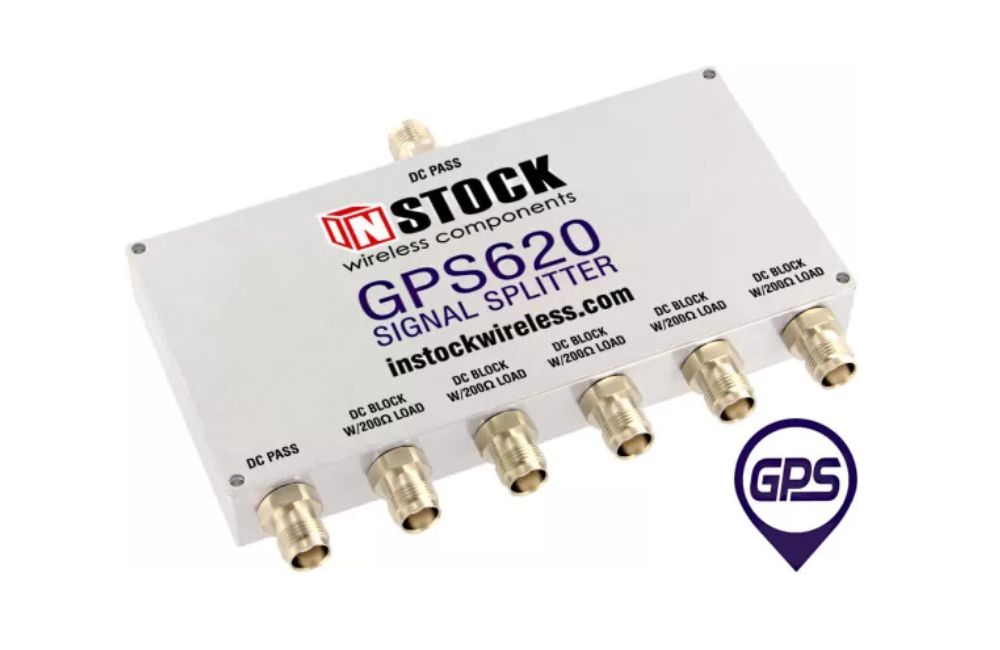Signal integrity is important for reliable communication in networking and navigation. It affects how well data is sent and received.
In Ethernet, good signal integrity means faster data transfer, while in GPS, it ensures accurate location tracking.
Understanding this concept helps improve both networking and navigation systems.
Definition of Signal Integrity
It is important for communication systems. Good signal integrity helps ensure that the information sent is clear and correct. If the signal is weak or noisy, data can get lost or mixed up.
In networking, strong signal integrity allows faster data transfer. In navigation, it helps GPS Amplifier devices find locations accurately. Factors like interference, noise, and reflections can harm signal integrity.
Impact on Performance
In networking, high signal integrity means data travels quickly and accurately. If the signal is strong, there are fewer errors. This allows for fast internet and smooth communication.
In GPS, good signal integrity ensures accurate location tracking. When signals are clear, devices can find their positions better. Poor signal integrity leads to problems. In networks, data may not reach its destination.
Factors Affecting Signal Integrity
Crosstalk happens when signals from different wires interfere with each other. This can cause errors in data. Noise is another issue. It is unwanted interference that can distort signals.
It can come from other electronic devices. Impedance mismatch occurs when there is a difference in resistance along the signal path. This can cause part of the signal to reflect back instead of continuing forward.
These problems can hurt both Ethernet and GPS systems. Keeping signal integrity strong means reducing crosstalk, noise, and impedance issues.
Ethernet Signal Integrity
These cables can be twisted pairs or fiber optic. Twisted pair cables are designed to reduce crosstalk. This helps maintain strong signal integrity. In Ethernet, good signal integrity allows faster and clearer data transfer.
Engineers check signal quality using tools like eye diagrams. Eye diagrams show how well the signals are transmitted. A clear eye pattern means better signal quality.
If the eye is closed or messy, it means there are problems. Keeping signal integrity high in Ethernet is essential for smooth communication and fast data exchange in networks.
GPS Signal Integrity
Each satellite sends signals to GPS devices. Good signal integrity is very important for GPS accuracy. Strong signals help devices find exact locations and track movements.
To improve accuracy, GPS uses methods like Differential GPS (DGPS). DGPS corrects errors by using ground stations to send corrections to GPS devices.
Keeping signal integrity strong helps GPS systems work better for navigation and positioning tasks.
Error Correction
In Ethernet, protocols like TCP/IP help check for errors. If data is wrong, these protocols ask for the data to be sent again. This helps keep the information clear and accurate.
SBAS improves GPS accuracy by providing corrections to the signals received from satellites. These corrections help reduce errors in location tracking.
Error correction is important for both systems. It ensures that users get the right information and helps prevent problems during communication and navigation.
Bandwidth Requirements
Some tasks, like video streaming, need a lot of bandwidth. High signal integrity helps meet these demands. When the signal is strong, data moves quickly and smoothly.
It needs strong signals to determine locations accurately. If the signals are weak, GPS accuracy decreases. Both systems must balance their signal strength and bandwidth needs.
Ethernet requires careful planning for different applications, while GPS focuses on maintaining strong signals for reliable location tracking.
Signal Degradation Over Distance
In Ethernet, signals can lose strength as they travel through cables. This is why we use repeaters or switches to boost signals and keep them strong. If the signal is too weak, data may not reach its destination.
In GPS, signals also weaken as they travel from satellites to devices. This can lead to incorrect location information.
Both Ethernet and GPS need to manage signal strength over distance. Keeping signals strong is important for reliable communication and accurate navigation.
Testing and Validation
In Ethernet, engineers use tools like Time Domain Reflectometer (TDR). TDR helps check the quality of cables and find problems. Ethernet Tester ensures that data can travel without issues.
For GPS, techniques like Real-Time Kinematic (RTK) positioning are used. RTK improves GPS accuracy by using signals from nearby stations. It helps validate the strength and clarity of GPS signals.
It helps identify and fix issues, ensuring smooth communication and accurate navigation for users. Keeping signals strong leads to better performance.
Future Considerations
In networking, new devices like 5G and IoT require strong signals for fast data transfer. As more devices connect, keeping signal integrity high will be a challenge.
These advancements will help reduce errors and enhance navigation. However, they will also need good signal integrity to work effectively. Both systems must adapt to growing demands.
By focusing on signal integrity, we can ensure reliable communication and precise navigation in the future.
